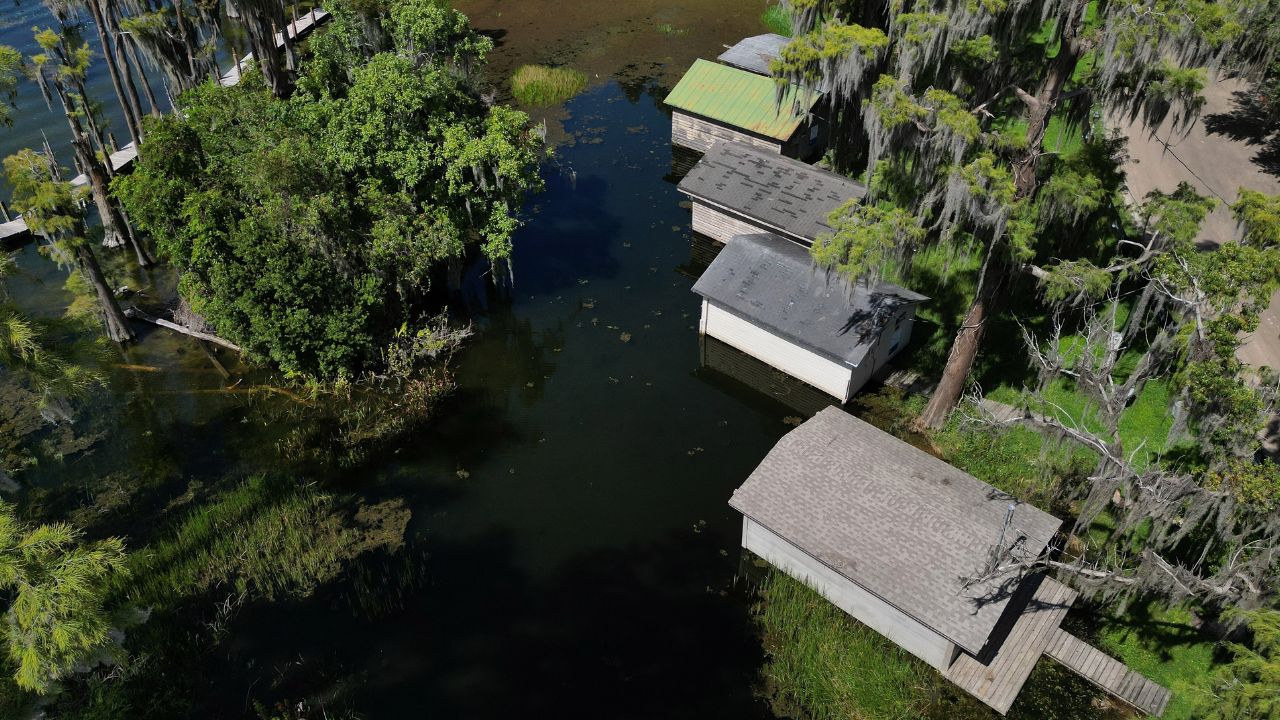The sighting of an injured North Atlantic right whale calf off Sapelo Island has brought mixed emotions among scientists, highlighting both relief at its survival and concerns for its future. The calf, believed to be about 10 weeks old, was observed nursing and behaving normally despite severe head injuries sustained from a vessel collision in December. While its resilience is encouraging, experts noted deep propeller cuts affecting the blowholes, posing risks of delayed healing, infection, and impaired blowhole function.
Jessica Thompson, a senior wildlife biologist at the Georgia Department of Natural Resources (DNR), expressed relief at seeing the calf alive but emphasized the challenges it faces due to its injuries. The severity of the propeller cuts and the potential impact on the calf’s head development and foraging ability raise significant concerns for its long-term survival.
The calf’s fate hinges on two critical factors: its ability to migrate to right whale feeding grounds off the New England and Canada coasts and the extent to which its injuries affect its growth and feeding capabilities. As the calf approaches weaning age, around one year old, its ability to filter for copepods with its baleen-lined mouth becomes crucial for survival.

With the North Atlantic right whale population dwindling to less than 360 individuals, the survival of each calf is paramount for the species’ recovery. The winter sightings of right whale calves off Georgia, Florida, and the Carolinas offer hope, but concerns arise with the presumed deaths of two calves due to their separation from their mothers.
The National Oceanic and Atmospheric Administration (NOAA) estimates that at least 50 calves are needed annually to sustain the population, considering the ongoing threats of human-caused deaths and injuries. Coastal boaters from North Carolina to northern Florida are urged to remain vigilant, utilize the Whale Alert app, and reduce speed in right whale waters to minimize collision risks.
As right whales embark on their northward migration this month, boaters are reminded of the importance of reporting sightings and maintaining a safe distance from these endangered animals. Despite their large size, right whales can be challenging to spot due to their dark color and lack of dorsal fins. Boaters should exercise caution and refrain from approaching or following whales, ensuring their safety and contributing to conservation efforts.
Read More News:
- Texas Triple Murder Suspect Arrested After 12-Day Manhunt
- Georgia Bill Mandating Cash Bail for Misdemeanors Advances to Governor’s Desk
- Reversal of Sedat 4a Permit Decision: Calls for Further Investigation in Plum Borough
In conclusion, the sighting of the injured right whale calf off Sapelo Island underscores the urgency of protecting these endangered marine mammals. While its survival offers hope, the challenges it faces highlight the ongoing threats to the North Atlantic right whale population. By promoting awareness, implementing protective measures, and fostering responsible boating practices, stakeholders can contribute to the conservation of this iconic species.






